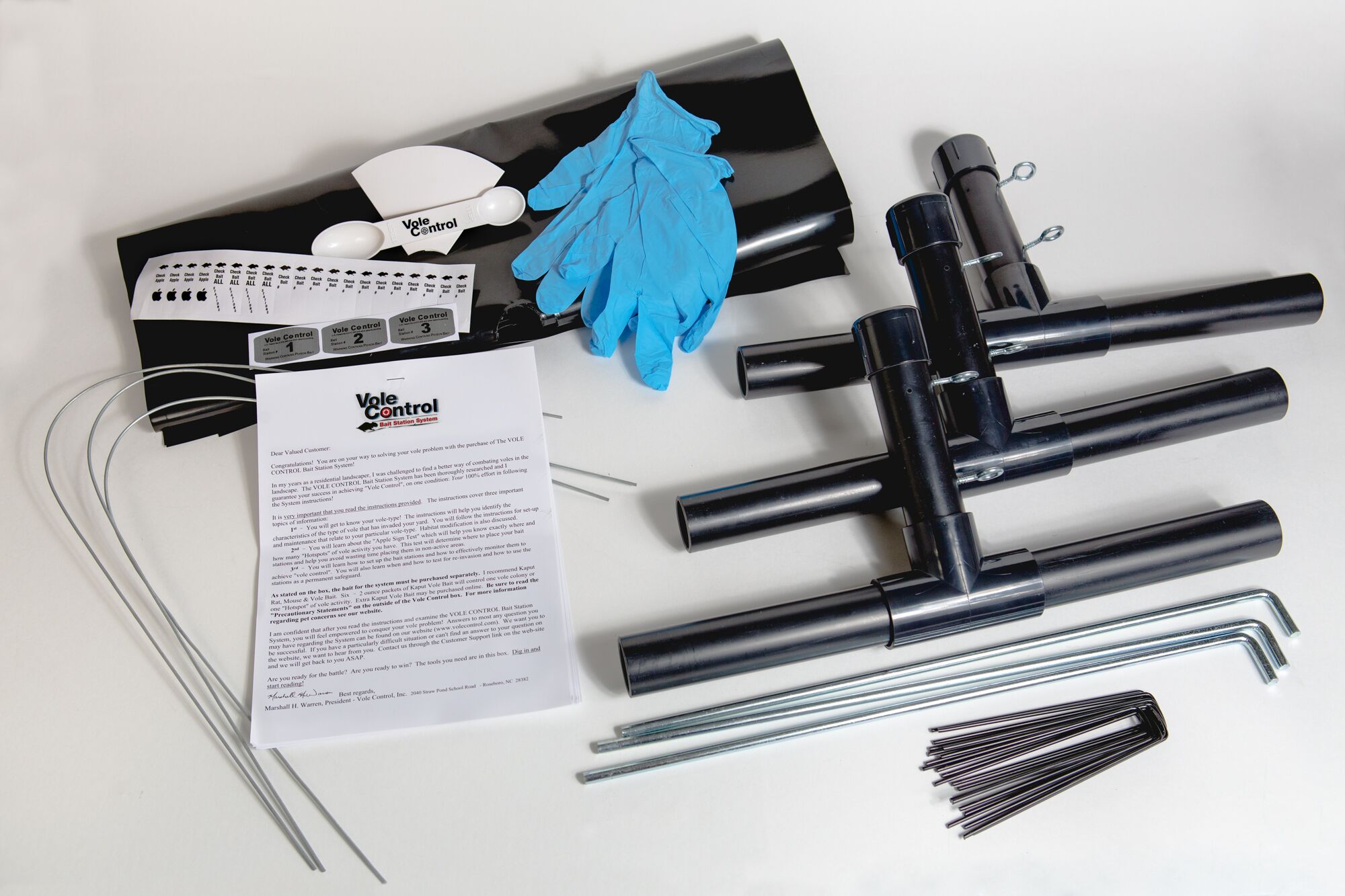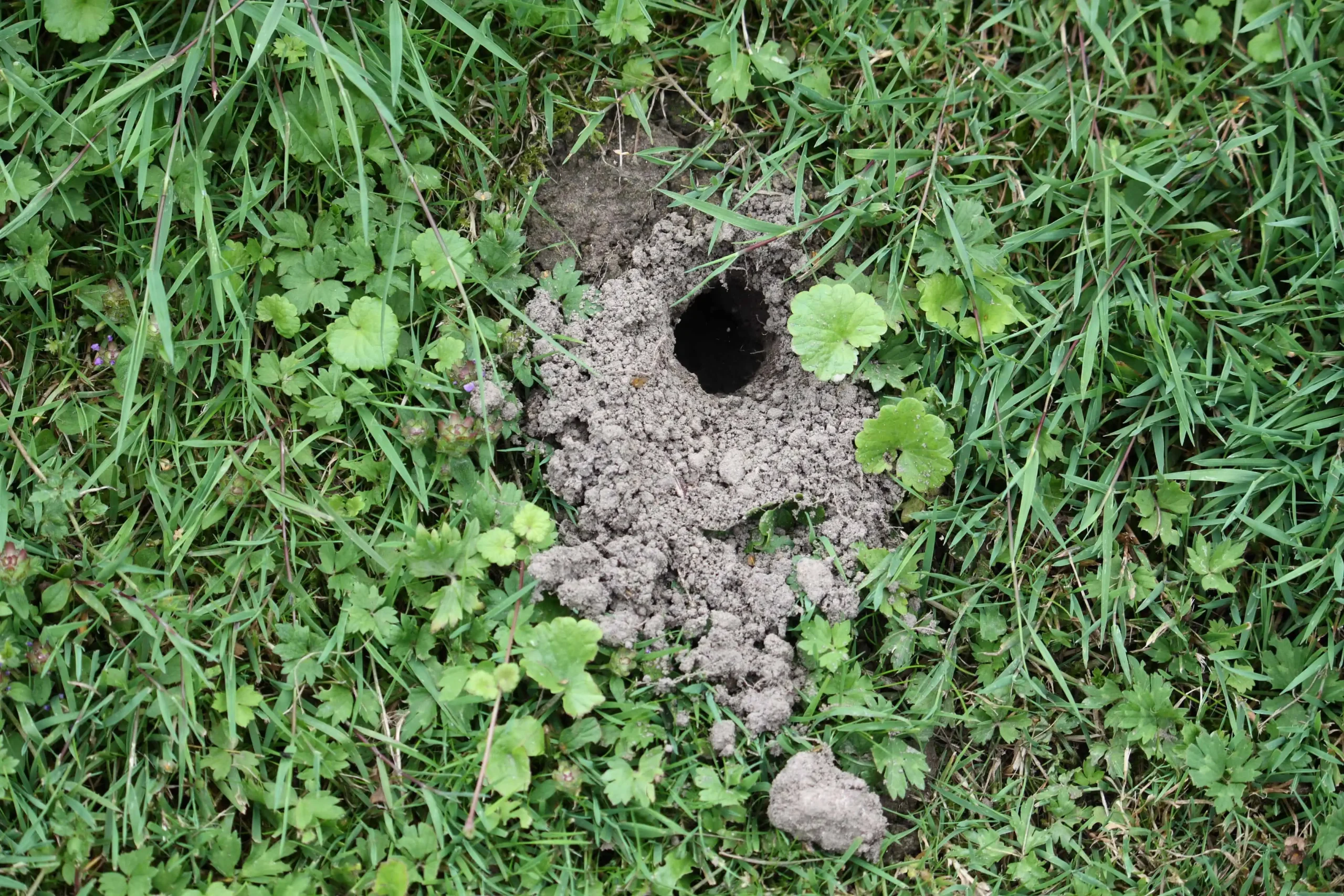Comprehensive Vole Pest Control Services in Utah
Comprehensive Vole Pest Control Services in Utah
Blog Article
Understanding Vole Parasite Control: In-depth Insights on Infestation Prevention and Therapy Approaches
As residential property proprietors and caretakers, the visibility of voles can present a substantial obstacle to keeping the honesty of our outside rooms. Understanding the complexities of vole behavior is essential in developing effective pest control strategies. By identifying the refined indications of vole infestation at an early stage, we can take proactive measures to stop prevalent damages. In this discussion, we will discover the subtleties of vole actions, dive right into the identification of invasion signs, and reveal one of the most efficient avoidance and therapy approaches. Keep tuned to discover the understandings that will empower you to master vole parasite control and guard your residential or commercial property versus these elusive rodents.
Comprehending Vole Actions
Checking out the foraging patterns of voles uses valuable understandings into their behavior and habitat choices. Voles, small rodents appearing like mice, are herbivores recognized for their underground tunneling tasks. By observing their foraging behavior, researchers can acquire a far better understanding of where voles choose to develop their habitats and the degree of their ecological impact. Voles are prolific dog breeders, with a solitary women efficient in creating numerous litters in a year, making it essential to understand their actions for effective insect control approaches.
Study indicates that voles exhibit selective feeding practices, liking roots, seeds, and bulbs. This nutritional choice affects their foraging patterns, leading them to locations abundant in plants and ground cover. In addition, voles are recognized to develop intricate passage systems for foraging and nesting objectives, indicating a high level of flexibility to their environments.
Understanding vole actions is essential for applying targeted insect control steps that disrupt their environment choices and foraging activities (vole control). By examining their actions, professionals can create more effective prevention and therapy approaches to handle vole infestations

Identifying Indications of Vole Infestation
Vole infestations can be detected by identifying particular indicators of their visibility in an area. One of one of the most common indicators of a vole invasion is the visibility of surface area runways. Voles produce networks of narrow paths on the ground that are usually around two inches vast. These paths are typically found in grassy locations or below compost or ground cover where voles can move openly and look for food.
Another vital sign of vole problem is the presence of little burrow openings in the ground. Voles dig superficial burrow systems with multiple entryways and leaves. These burrows work as sanctuary and nesting websites for the voles. In addition, voles are known to leave behind eaten plant stems, origins, and bulbs near their burrow openings, suggesting their feeding task in the location.
Locating these droppings along paths or near burrow openings can validate a vole problem. By being cautious for these indicators, property proprietors can promptly address vole infestations and prevent further damages.
Implementing Aggressive Avoidance Procedures

Moreover, using natural vole deterrents like castor oil-based repellents or killer pee can function as reliable precautionary actions. It is also a good idea to routinely check exterior spaces for any type of indicators of vole activity, such as runways or delve openings, to deal with prospective problems promptly. vole pest control. By taking on these aggressive prevention techniques, building proprietors can considerably minimize see post the probability of vole damages and maintain the health and appearances of their landscapes
Effective Treatment Techniques
Integrating targeted trapping techniques and using authorized rodenticides are necessary parts of reliable therapy approaches for taking care of vole invasions. Trapping can be an effective way to lower vole populaces, specifically when positioned purposefully in their energetic paths. Break traps and live traps can both work, with the latter enabling the capture and relocation of voles. When making use of rodenticides, it is vital to follow safety standards to redirected here prevent injury to non-target pets and animals. Place rodenticides in secure lure terminals to minimize dangers to unintentional targets. Additionally, habitat alteration, such as lowering ground cover and getting rid of sources of food, can help hinder voles from infesting an area. Regular surveillance and upkeep are also key aspects of effective therapy techniques to ensure that vole populaces are kept under control. By incorporating capturing, rodenticides, habitat adjustment, and consistent surveillance, efficient vole bug control can be attained.
Monitoring and Maintenance Tips
Normal surveillance allows for the early detection of vole task, making it possible for prompt treatment prior to problems worsen. To effectively monitor vole populations, strategically placed catches can be made use of in vole paths or near burrow entries.
In addition, preserving a clean and clean landscape is necessary in vole prevention. Cleaning away debris, such as piles of timber or thick plant life, removes prospective vole habitats. Frequently cutting yards and trimming greenery helps in reducing vole concealing places and lessens their access to food sources.
In addition, recurring maintenance of physical barriers, such as fencings or cord mesh, is important to avoid vole intrusion. Evaluating and fixing any problems to these frameworks guarantees that vole control continues to be reliable in protecting residential properties from invasions. By incorporating these tracking and maintenance practices right into a comprehensive vole parasite control plan, people can successfully manage vole populaces and safeguard their properties from damages.
Conclusion
In verdict, understanding vole parasite control needs a strong understanding of vole behavior, the capacity to identify indicators of infestation, carrying out proactive avoidance measures, efficient therapy techniques, and regular monitoring and upkeep. By taking an extensive strategy to vole control, individuals can successfully manage and avoid problems, ultimately securing their residential or commercial property and bordering environment from damage brought on by these tiny rodents.
In this discussion, we will certainly explore the nuances of vole habits, dive right into the identification of invasion signs, and reveal the look at more info most efficient prevention and treatment techniques.Including targeted capturing methods and utilizing authorized rodenticides are crucial components of efficient treatment methods for taking care of vole problems. To effectively keep track of vole populations, tactically put catches can be made use of in vole paths or near burrow entries. Evaluating and fixing any kind of problems to these structures ensures that vole control continues to be efficient in guarding homes from problems. By incorporating these tracking and upkeep methods into an extensive vole insect control strategy, people can properly manage vole populations and protect their homes from damage.
Report this page